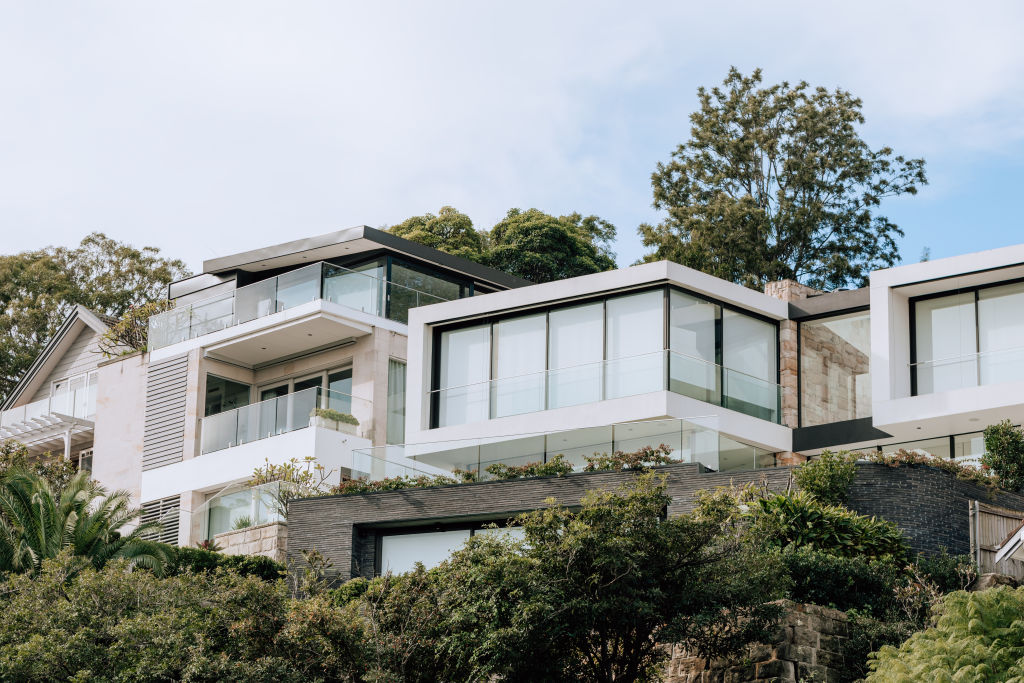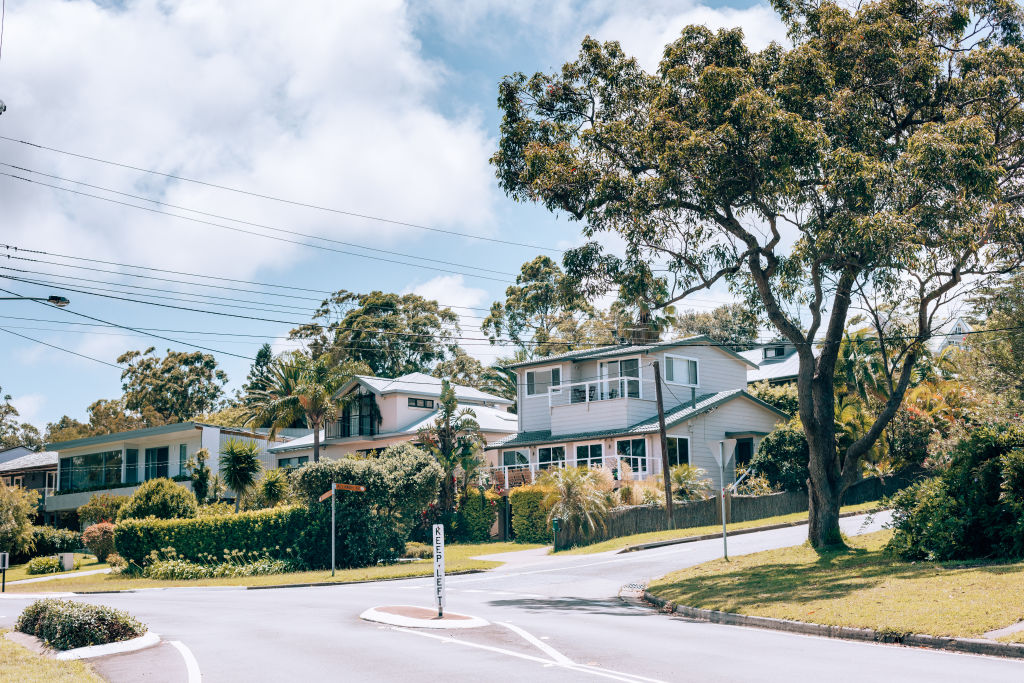

PROPERTY INVESTMENT
It’s all a question of demand and supply, and nowhere is that more critical than when planning a residential property investment.
The art of picking the right drivers for price growth is a tricky one.
You might have found the perfect property in a popular area with lots of jobs, a healthy rate of population migration and excellent infrastructure but if there are plans underway for 1000 new homes in the next year … suddenly, it’s no longer such a good prospect.

Buying an investment home in an area with chronically high demand and low stock will ensure higher returns in the long term. Photo: Vaida Savickaite
“The basic equation that underlines everything is a low level of supply and a high level of demand,” says Kate Hill, founder and director of investment property buyers’ agency Adviseable.
“And you want that imbalance to be sustained, not just short-term in a volatile mining market, for instance, or for the demand to be extrinsic, like the quick blip in Brisbane when the Olympics come but then everyone moves on. It has to be good, long-term demand to drive capital growth.”
You also need to judge the demand for the type of property too.
There’s no point in investing in a two-bedroom apartment if everyone there is looking for four-bedroom houses.
Uwe Jacobs, the founding director of Property Friends and author of the book, The 7 Secrets of Highly Successful Property Investors, says being enticed by the lure of negative gearing schemes is a common error of people trying to build a property portfolio.
“The main driver for investment is the balance between the short-term income of rental income and the long-term prize of capital growth,” he says.
“That rental money is what’s going to sustain you during periods of low, or no, capital growth so your investment doesn’t eat you out of house and home.

Investors will need to conduct research in key property data before taking the plunge. Photo: Vaida Savickaite
“The vast majority of people invest for financial independence, choices in retirement or leaving a legacy to children, so highly negatively geared properties aren’t the way to go. You need a more risk-averse strategy.”
That means not skipping essential research, he advises.
All factors like vacancy rates, days on market, median prices, growth forecasts, any upcoming property developments, and whether there’s an influx of people – or they’re leaving – are all critical to calculations.
“And you need to visit the area to check that it physically matches the research,” Jacobs says.
More than almost anything, the area where you’re considering investing should also be liveable and desirable.
“It should have amenity close by,” says Lachlan Vidler, director of the Atlas Property Group.
“That means transport options for people to get to work easily, shops, cafes, restaurants and parks, so there’s plenty to do when family or friends visit. Don’t be too caught up in promises of infrastructure to come, either. How many promises of infrastructure have there been which takes decades to arrive – if it ever, eventually, does?”
Source: Domain.com
